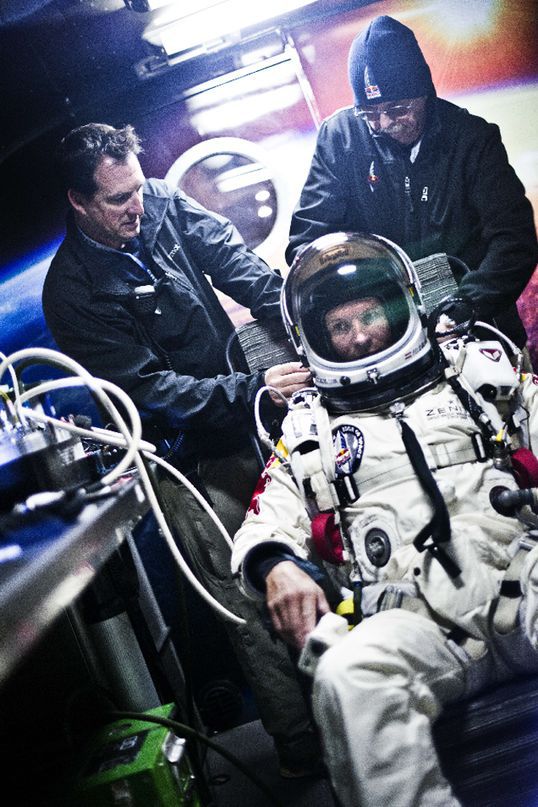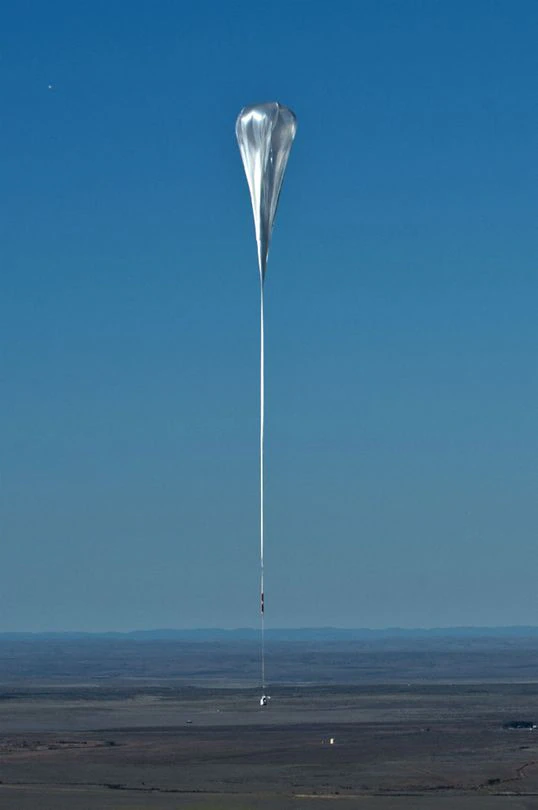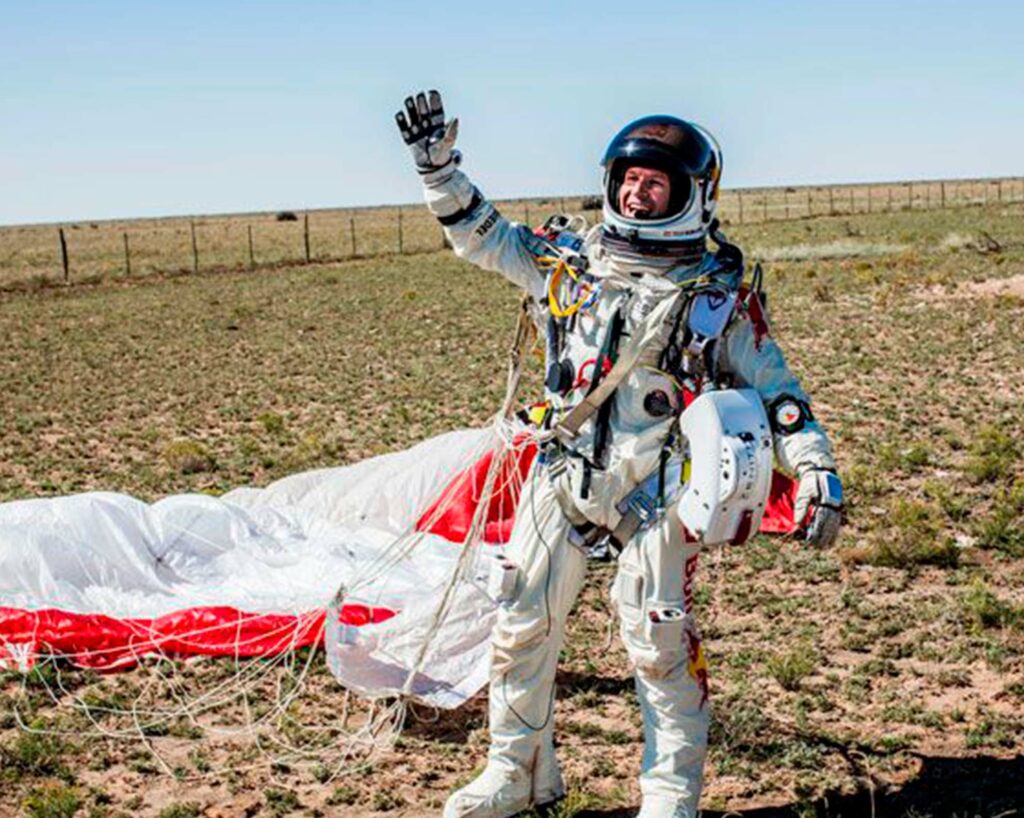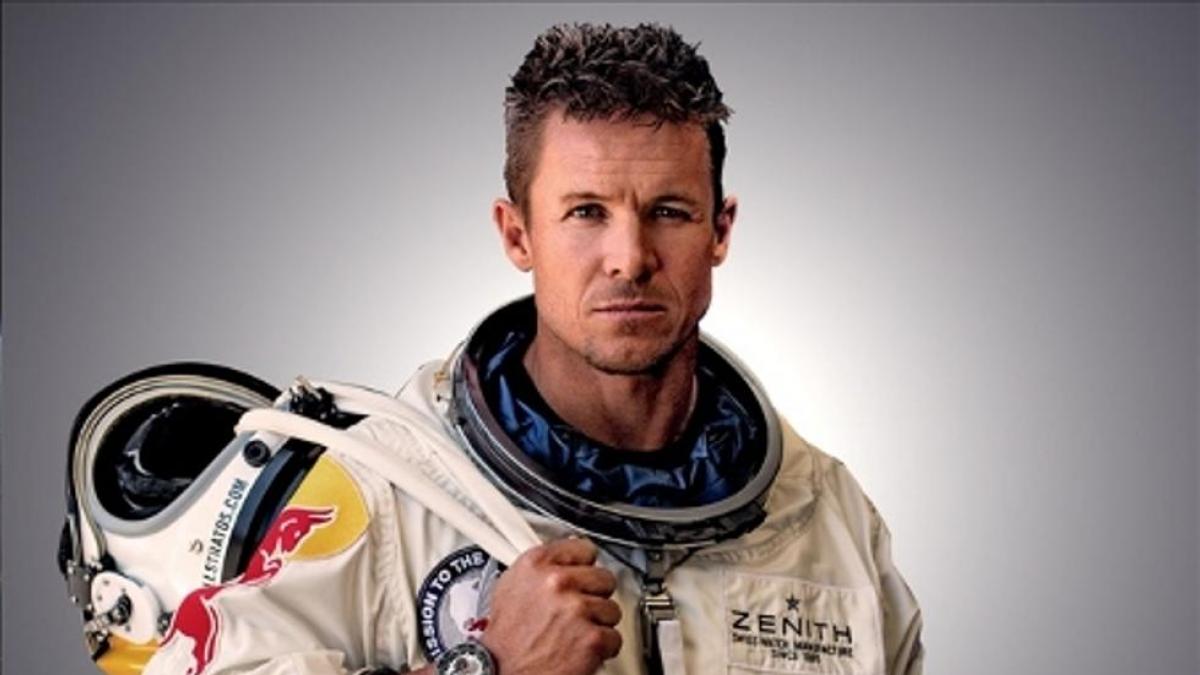Austrian skydiver Felix Baumgartner was 43 years old when, on October 14, 2012, he jumped from the stratosphere and became the first human being to exceed the speed of sound, estimated at 1,225 kilometers per hour (km/h) at sea level. sea. During his fall, the seasoned man reached an unbeatable speed of 1,342 km / h.
Baumgartner was the main star of Red Bull Stratos, a scientific mission whose objective was to test the resistance of the human anatomy at supersonic speed. The experiment was carried out by the American aviator Joseph Kittinger and was publicized worldwide by the energy drink brand Red Bull, which broadcast the gold live to more than eight million people.

“I’m going home now”
Although the Red Bull Stratos mission was initially expected to take only two years to design, it took scientists a total of six years due to various modifications to the pressure suit, the cylindrical space capsule Baumgartner would travel in—made of aluminum polycarbonate—and the helium balloon the size of 33 football stadiums that would lift it into the stratosphere.

At 39 kilometers from the surface of New Mexico (United States) and at a temperature of -70.9 degrees Celsius, Baumgartner stood on the steps at the edge of the ship and humbly supported the engineers in charge of the mission: “ Sometimes you have to go up to understand how small you are.”

Before making the risky jump, he added: “I’m going back home now.” His fall, which lasted nearly 10 minutes, was recorded by Go Pro cameras strapped to his suit.
Incident at the speed of sound
Although at the beginning of the descent Baumgartner entered a delta position (head down, arms back), there was a moment, having already exceeded the speed of sound, in which he experienced a turn that completely destabilized him and could be fatal for him.
“I’ve been in a violent spin for a long time,” he was heard to say with great difficulty, while his relatives watched his precipitation and a ground-based telescope followed his path in the distance.
“This was a very alarming moment because there is no protocol. It was like sailing without wind, which means your skills don’t work,” said the Austrian man, who is today 53 years old, before CNN journalist Alsdair Howorth a decade after his feat.

Luckily, the experienced skydiver (who had more than 2,500 dives in his career) did not lose consciousness, was able to regain his stability and, missing a few thousand meters from touching the surface, managed to open his parachute.
“Once I opened my parachute and opened my visor, this was the first moment after seven hours that I was breathing outside air. They reconnected me with the outside world, and that was a very happy moment,” he maintained.

Baumgartner, a man of records
Felix Baumgartner’s historic jump lasted 9 minutes and 18 seconds in total, of which 4 minutes and 20 seconds were spent in complete free fall. He reached supersonic speed for a long 30 seconds.
“Let me tell you: When I was standing on top of the world, you become so humble. You don’t think about breaking records anymore, you don’t think about getting scientific data, all you want is to come back alive,” he said shortly after his successful landing at a press conference.
Now, Red Bull relives all the details of his historic mission in a recent documentary of his entitled Space Jump, which you can see at this link with Spanish subtitles.
Who made the second highest jump in the world?
Before Baumgartner, the former holder of the record for the highest jump in the world was the American pilot Joseph Kittinger, who in 1960 fell from a height of 31,200 kilometers. For that feat, Kittinger was the Red Bull Stratos mission commander the day Baumgartner did his jump.
